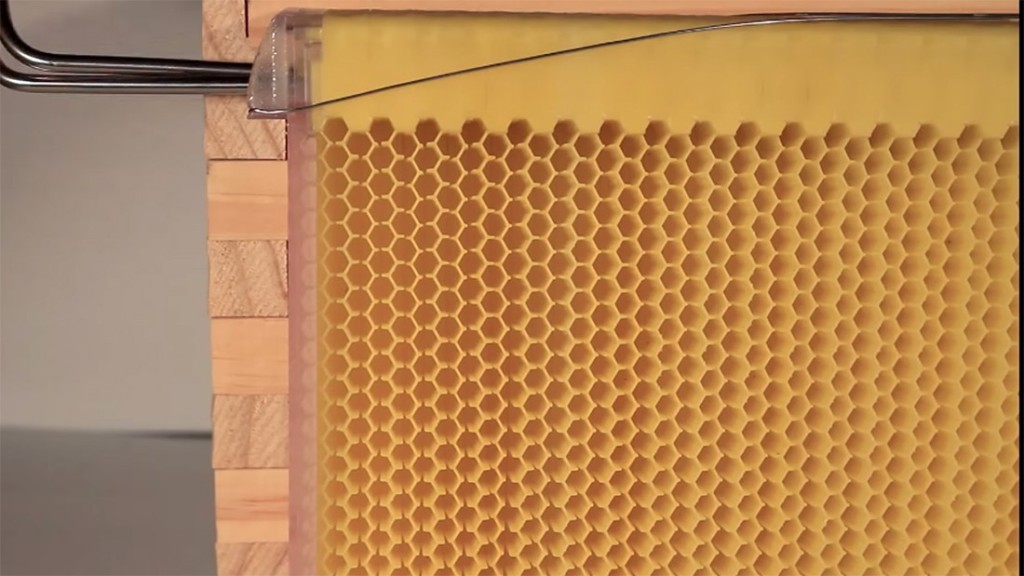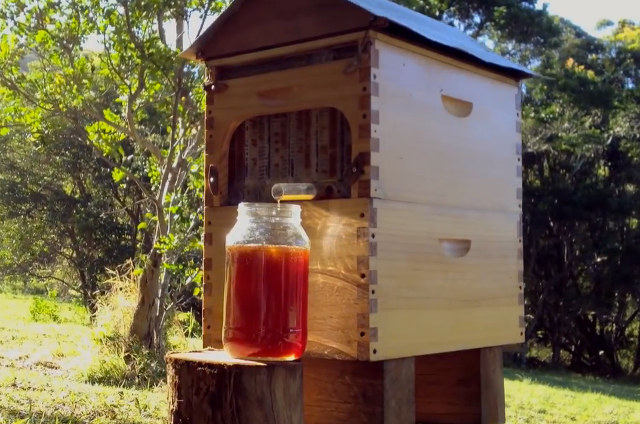3D Printing Brings You Pure Honey on Tap, Straight from the Bee
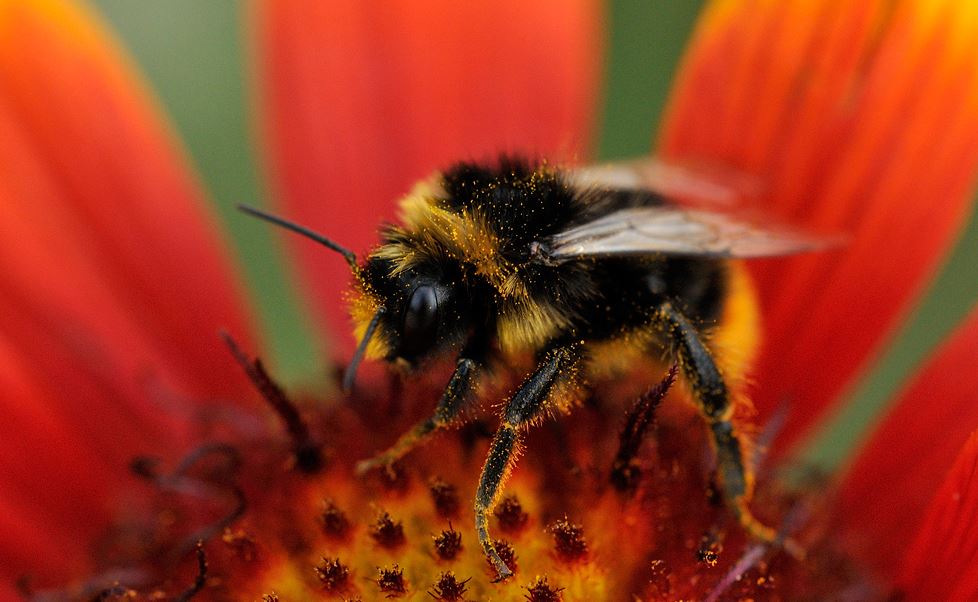
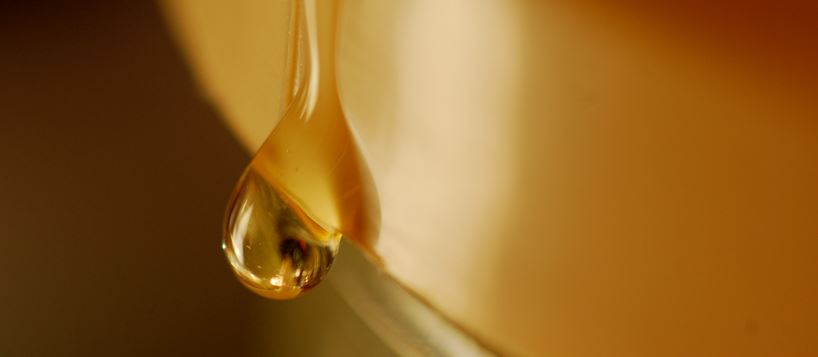
Honey adds flavor to our foods and, more importantly, keeps our global ecology strong. As bees move from plant to plant collecting nectar for honey production, they do the important work of cross-pollination, which keeps 90% of the world’s plants and 30% of its crops alive.
However, when you go to the grocery store and pull off the cheapest bottle of honey you can find, you probably aren’t taking advantage of all that honey has to offer. Oftentimes, this honey has been heated and pasteurized and therefore does not have the enzymes and compounds that make local, raw honey so nutritious. In fact, the latter can help treat dandruff, provide energy, and even build immunity to some seasonal allergies.
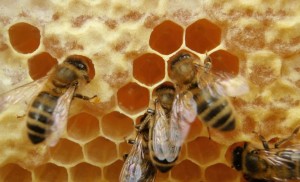 Risks of Traditional Honey-Harvesting Methods
Risks of Traditional Honey-Harvesting Methods
Unfortunately, harvesting honey from a beehive isn’t the easiest job in the world. The average honeybee hive contains 20,000–30,000 bees that, even after being sedated, will usually do anything they can to protect their honey. Beekeeping suits help, sure, but there’s always the possibility that the bees will find an opening (or just skip that step and sting the keeper through his or her suit). A bigger issue with traditional methods of honey harvesting is that the process inevitably kills bees and is hugely disruptive to the colony. To get to the honey, keepers usually have to leaf-blow bees off of the combs, cut the combs off the bee box, and spin honey off the combs with an extractor. At the end of this messy process, even the most careful keepers inevitably kill more bees than necessary.
An Innovative 3D-Printed Beehive
Stuart and Cedar Anderson, a father-and-son team in Australia, have been working for more than a decade on methods to harvest local honey more easily and economically. They wanted to develop a way to increase production, decrease colony disruption, and mass-produce pure honey for a wider audience. Enter Flow.
Using a 3D printer, the Andersons create frames using plastic that is both BPA-free (BPA is a chemical often used in making plastics. It can have a negative effect on brain function, especially in children and pregnant women). Flow’s plastic is also made of food-grade material, meaning it is free of toxins and not at risk for acquiring toxins.
The New Honeybee Hive Design
Flow is modeled after traditional bee boxes but with a few brilliant alterations. It has thousands of almost-complete honeycomb cells, which the bees seal with wax and then fill with honey. Much like a regular hive, the end result is a series of columns of honey-filled pockets. However, the columns in Flow are connected to a handle on the outside of the hive; when the handle is turned, the waxy seals are broken apart. This allows the honey to flow down toward the bottom of the hive, into a tube, and straight out to a collection container. Once the honey is removed, the handle can be turned again, realigning the cells, and the bees can continue their process as usual. The space between the shifting columns is wide enough for the bees to escape without trapping their legs or wings, and the honey that comes out is smooth, clean, and pure.
The Honeybee Box Shatters Crowdfunding Records
The Anderson’s operation was so popular, it broke an Indiegogo record for the most fully funded international campaign ever (in other words, they raised the most money as compared to their original goal). It broke that record more than a month before their fundraising efforts ended. They also broke an Indiegogo record for the most funds raised in a single day, at $2.18 million. Okay, one more—they reached their initial goal of $70,000 in less than eight minutes.
The Future of Flow and 3D-Printed Beehives
Although the Andersons have not released their production system at this time (or the details of their 3D-printing methods), they have created a Reddit Ask Me Anything page to provide information to anyone curious about the process. The boxes have not yet been fully perfected, but beekeepers around the world say that this process is so revolutionary, it could drastically improve international honey harvests. We know how important bees are for our healthy future, so we’ll keep our fingers crossed that this prototype continues to change the world of beekeeping.
Can you think of any flaws in Flow’s design? How would you further improve the process? Comment below. No idea will go unheard.

